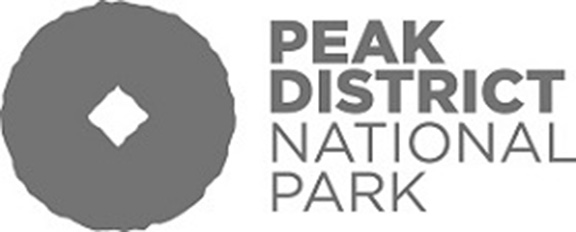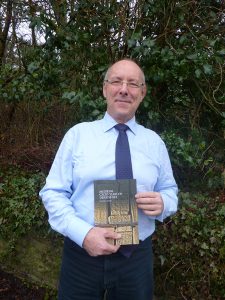- Home
- News
- What’s On
- Activities for Children
- Arts & Crafts
- Autos and Bikes
- Business events
- Car Boot & Auctions
- Charity events
- Churches & Religious
- Comedy
- Dance
- Days out & Local interest
- Education
- Exhibition
- Film
- Gardening & Horticulture
- Health
- Markets & Fairs
- Music
- Nature & Environment
- Spiritual
- Sport
- Talks and Discussions
- Theatre and Drama
- Business
- Local Information
- Jobs
- Deaths
- Charity events
- Contact Us
Medieval monuments offer glimpse into Peak District past

Mysteries of Derbyshire’s medieval past are examined in a new book supported by the Peak District National Park and Derbyshire County Council.
Medieval Cross Slabs of Derbyshire by Peter F Ryder charts the discovery of the 12th and 13th century gravestones across the county.
Bakewell’s All Saints church is home to the biggest individual collection of these monuments, with over 100 built into the internal walls of the south porch.
They were discovered during restoration work in the 1840s after being re-used in the south transept when it was built in the second quarter of the 13th century.
A cross slab is a piece of stone carved with a full-length cross as its main motif. The most common emblem to accompany the cross is a sword – believed to indicate a male burial and probably the right to bear arms. A carving of shears is thought to refer to a female burial while priests are denoted by a chalice, book and sometimes a Eucharist plate.
In the Peak District, hunting horns, bows and arrows probably refer to foresters.

Ken Smith, cultural heritage manager for the Peak District National Park, with a copy of the Medieval Cross Slabs of Derbyshire
Ken Smith, cultural heritage manager at the Peak District National Park, said: “Cross slabs can be found in other parts of the country but Bakewell is probably the premier location in terms of both quantity and quality.
“These monuments were very much of their time. They were in fashion and then went out of fashion. They became redundant, for whatever reason, and were re-used.
“We are lucky in that the folk who extended the church in medieval times incorporated the cross slabs into the walls – albeit as building rubble – and that they were then rediscovered during a refurbishment in the 19th century.”
Medieval Cross Slabs of Derbyshire follows an 18 year study, supported by the Peak District National Park and Derbyshire County Council, which found 457 slabs and fragments at 98 sites across the county.
Ken believes the book could inspire more visitors to the country’s original national park to take in Bakewell church.
He added: “I think that the knowledge of these monuments could and should draw more people to the church, to look at both the two 9th century crosses in the church yard and, particularly, the cross slabs in the south porch.
“The book is a window into the past. Peter explains what the symbols mean in a very readable way and allows people to look at cross slabs with new eyes.”
As well as taking a close look at Bakewell’s collection of cross slabs, the book also features similar stones found in churches in Baslow, Barlow, Bolsover, Chesterfield, Chelmorton, Darley Dale, Hartington and Derby.
It is published on behalf of Derbyshire Archaeological Advisory Committee and costs £7.99. It is available from tourist information centres and local bookshops.

You must be logged in to post a comment Login